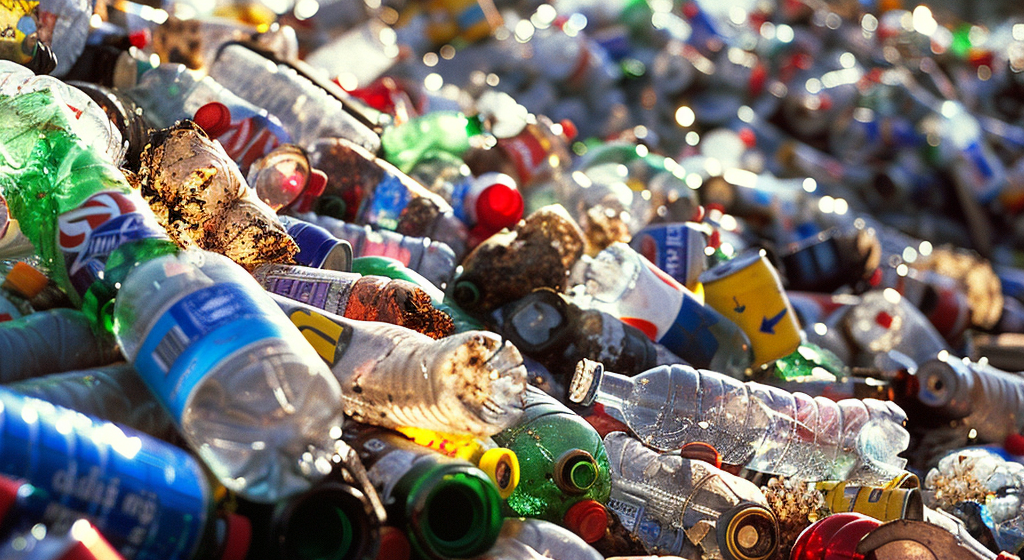Navigating the Marketing Maze: Dialing in Your Demographics for the Recycling Industry
In the ever-evolving landscape of the recycling industry, understanding and engaging with your target audience is not just beneficial; it’s essential. Randal, the forward-thinking owner of Ready Recycling, poses a question that strikes at the heart of this challenge: “How do we dial in our demographics for marketing in our industry?” Let’s unpack this, offering strategies and insights that align with our ethos at West End Business Commissioners, tailored specifically to the recycling sector.
Understanding Your Audience
The first step in dialing in your demographics is to understand who your audience really is. The recycling industry serves a broad spectrum of clients, from environmentally conscious individuals and households to businesses and corporations looking to manage their waste responsibly. Identifying and segmenting these groups based on their specific needs and behaviors is crucial.
1. Conduct Market Research
Begin with market research to gather data on your current and potential customers. Use surveys, focus groups, and industry reports to understand their priorities, behaviors, and preferences. Are they more motivated by environmental concerns or cost savings? Understanding these factors can help tailor your marketing message.
2. Leverage Analytics
Use analytics tools to delve into your website and social media performance. Who interacts with your content? What demographics are they from? Analytics can offer a wealth of information about your audience’s age, location, and even interests, helping you refine your marketing strategies.
3. Profile Your Ideal Customer
Based on your research, create detailed customer profiles or personas. For a business like Ready Recycling, you might have several personas, such as eco-conscious families, small businesses looking for sustainable practices, or large corporations with specific waste management needs. These personas can guide your marketing efforts, ensuring they’re targeted and relevant.
4. Understand the Customer Journey
Each customer segment has a unique journey from awareness to decision. Map out these journeys, considering the touchpoints where your marketing can make the most impact. For example, younger demographics might be more reachable through social media campaigns, whereas businesses may respond better to email marketing or LinkedIn outreach.
Dialing in Your Marketing Strategies
With a clear understanding of your demographics, it’s time to dial in your marketing strategies to engage them effectively.
1. Tailored Content Marketing
Whether you remove junk from people’s homes and recycle it, or deal with major industrial recycling projects; you need to develop content that speaks directly to the needs and interests of your different audience segments. For eco-conscious individuals, educational content on the environmental impact of recycling could resonate well. Businesses, on the other hand, might appreciate case studies demonstrating cost savings and efficiency improvements.
2. Optimized Digital Marketing
Use your demographic insights to optimize your digital marketing. This means choosing the right channels (be it Instagram, Facebook, LinkedIn, or Google Ads) based on where your demographics spend their time online. Also, tailor your messaging and visuals to appeal to each segment, using language and imagery that resonates with them.
3. Community Engagement and Partnerships
Engage with your community both online and offline. Participate in local environmental initiatives, sponsor events, or partner with other businesses that share your values. This not only broadens your reach but also strengthens your brand’s association with community and environmental responsibility.
4. Personalization and Segmentation in Email Marketing
Utilize email marketing to its full potential by segmenting your list according to your customer profiles. Personalized emails that address the specific interests and needs of each segment can significantly increase engagement and conversion rates.
5. Feedback Loops and Continuous Learning
Establish feedback loops with your customers through surveys, social media interactions, and direct feedback. This continuous learning process can help you adjust your strategies and offerings to better meet the needs of your demographics.
6. Sustainability Reporting and Transparency
In the recycling industry, your commitment to sustainability can be a significant differentiator. Share your achievements and challenges openly, using sustainability reports and transparent communications. This honesty not only builds trust but also engages demographics deeply invested in environmental issues.
7. Innovative Service Offerings
Finally, consider how you can innovate your services to better meet the needs of your demographics. This could involve offering more convenient recycling options, developing educational programs, or even leveraging technology to make recycling easier and more accessible.
Conclusion: A Journey of Continuous Adaptation
Dialing in your demographics is not a one-time task but a continuous journey of adaptation and learning. By deeply understanding your audience, tailoring your strategies to meet their specific needs, and staying committed to your mission, Ready Recycling can not only engage its target demographics more effectively but also contribute to a more sustainable future.
Remember, at the core of successful marketing in the recycling industry is a commitment to values that resonate with your audience. By focusing on these values and leveraging the strategies outlined above, Ready Recycling can build a brand that not only stands out in the market but also makes a meaningful impact on the environment and the community.


